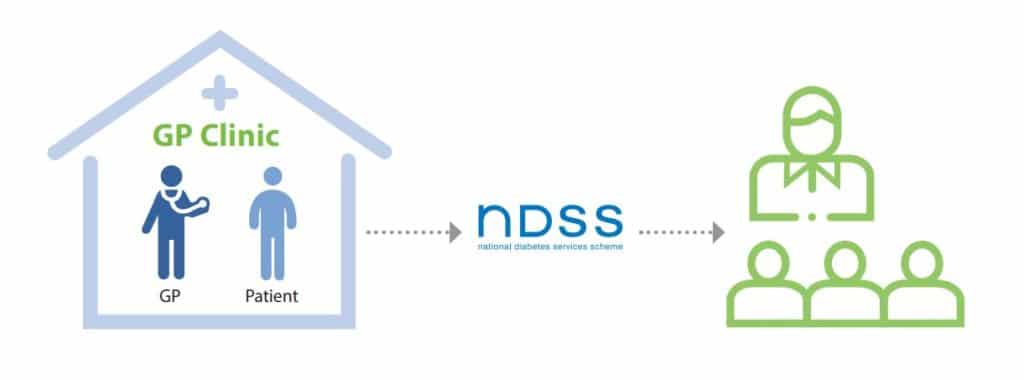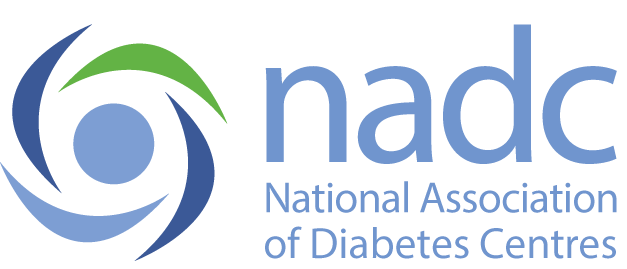Diabetes Models of Care
The aim of the Diabetes Models of Care (MoC) project is to create a practical toolkit of examples of various models of care that may assist health practitioners across Australia review and consider revisions of their own current MoC for managing people with type 2 diabetes.
The target audience of health professionals includes general practitioners, endocrinologists, diabetes educators, health services managers and other multidisciplinary practitioners across the spectrum of health-care.
There is strong evidence supporting lifestyle and medical management programmes to improve outcome measures and quality of life for people with diabetes. Many people with diabetes often have other co-morbidities, including (but not limited to) obesity, cardiovascular disease, renal, eye and foot disease, that manifest into a complex array of treatments highlighting the need for a multidisciplinary and comprehensive diabetes management approach.

The essential ingredient of effective diabetes management in an interdisciplinary system of care is the empowerment of the person with diabetes to become engaged to actively manage their health. When people with diabetes (and often their carers) are more informed, involved, and empowered, they interact more effectively with healthcare providers and strive to take actions that will promote healthier outcomes.


